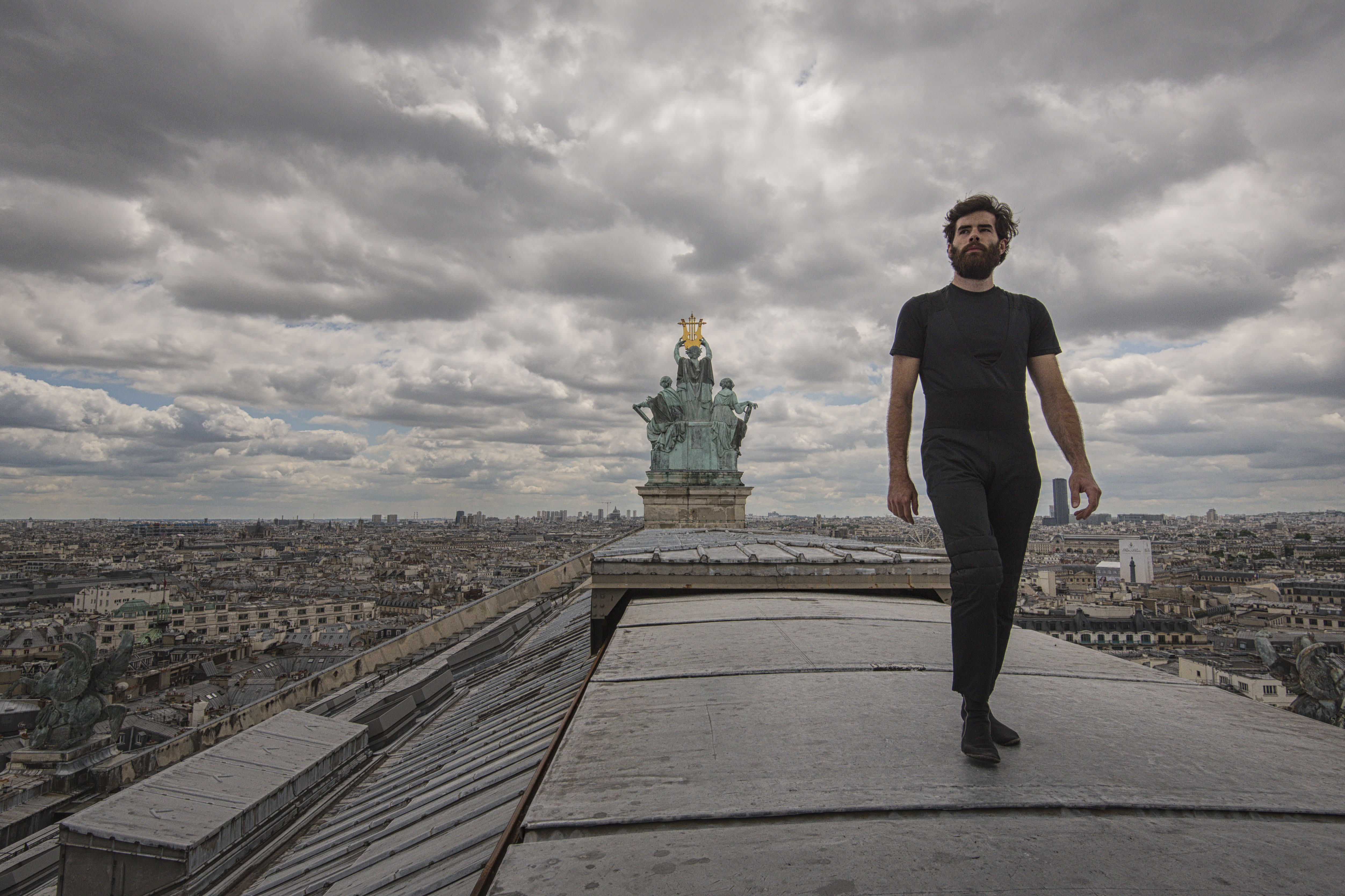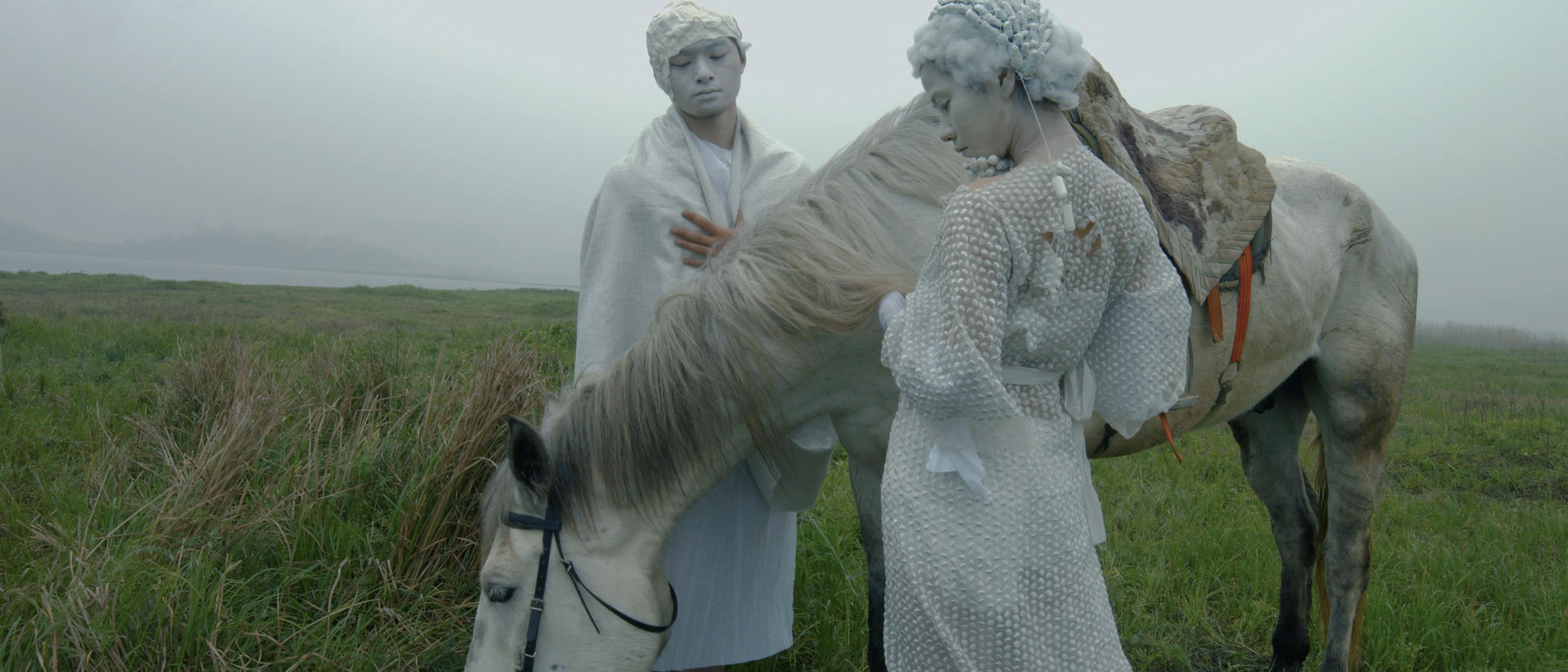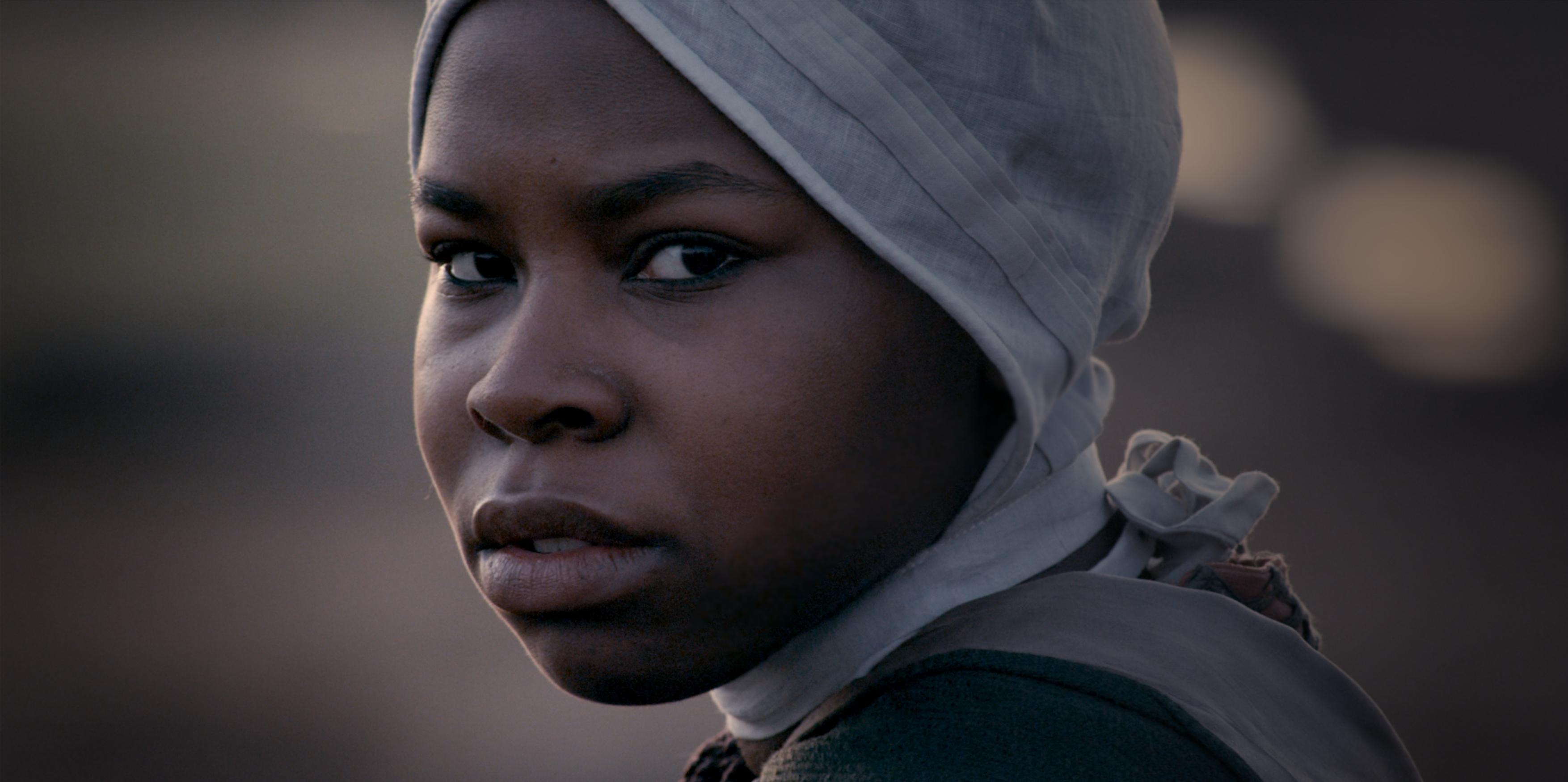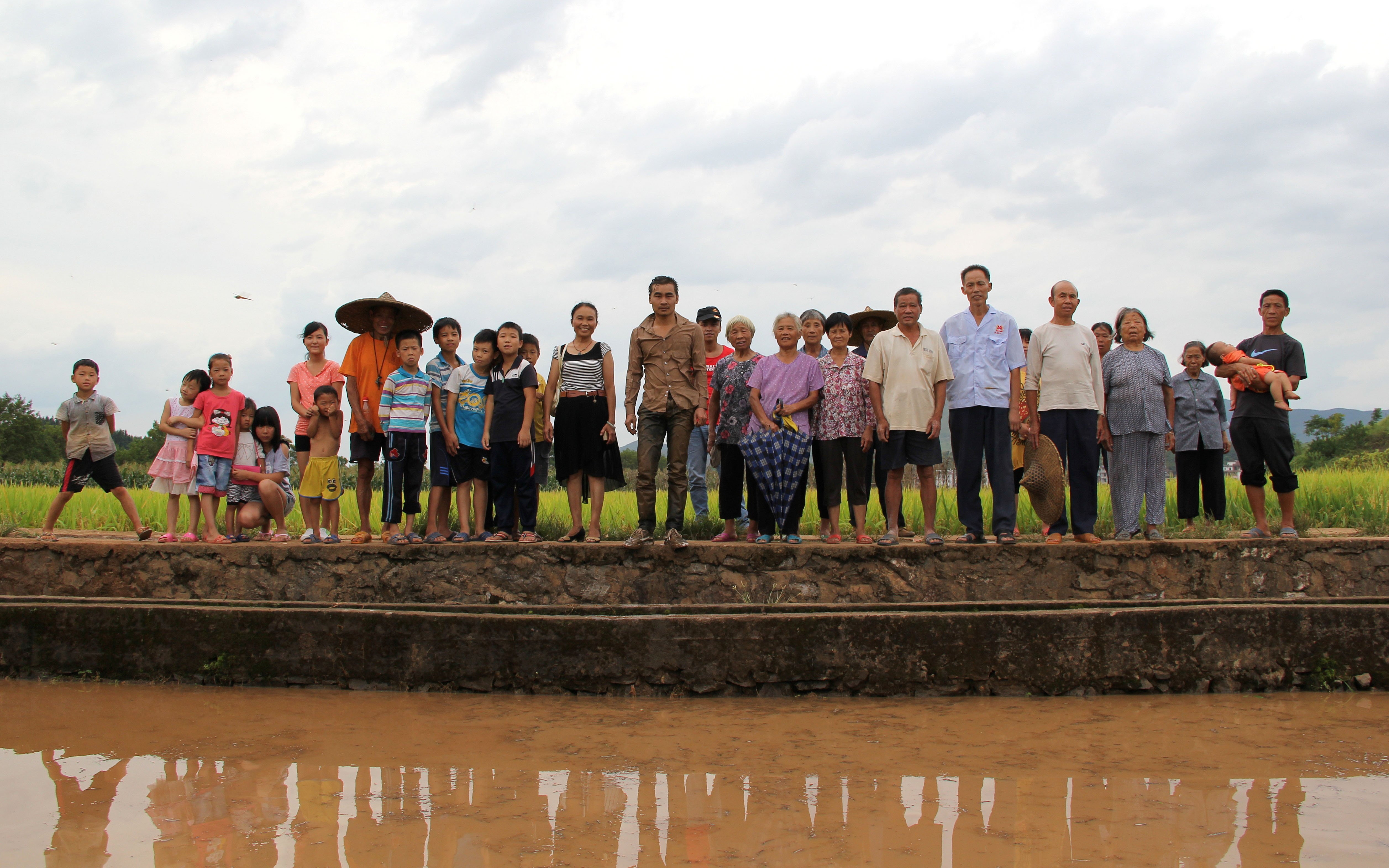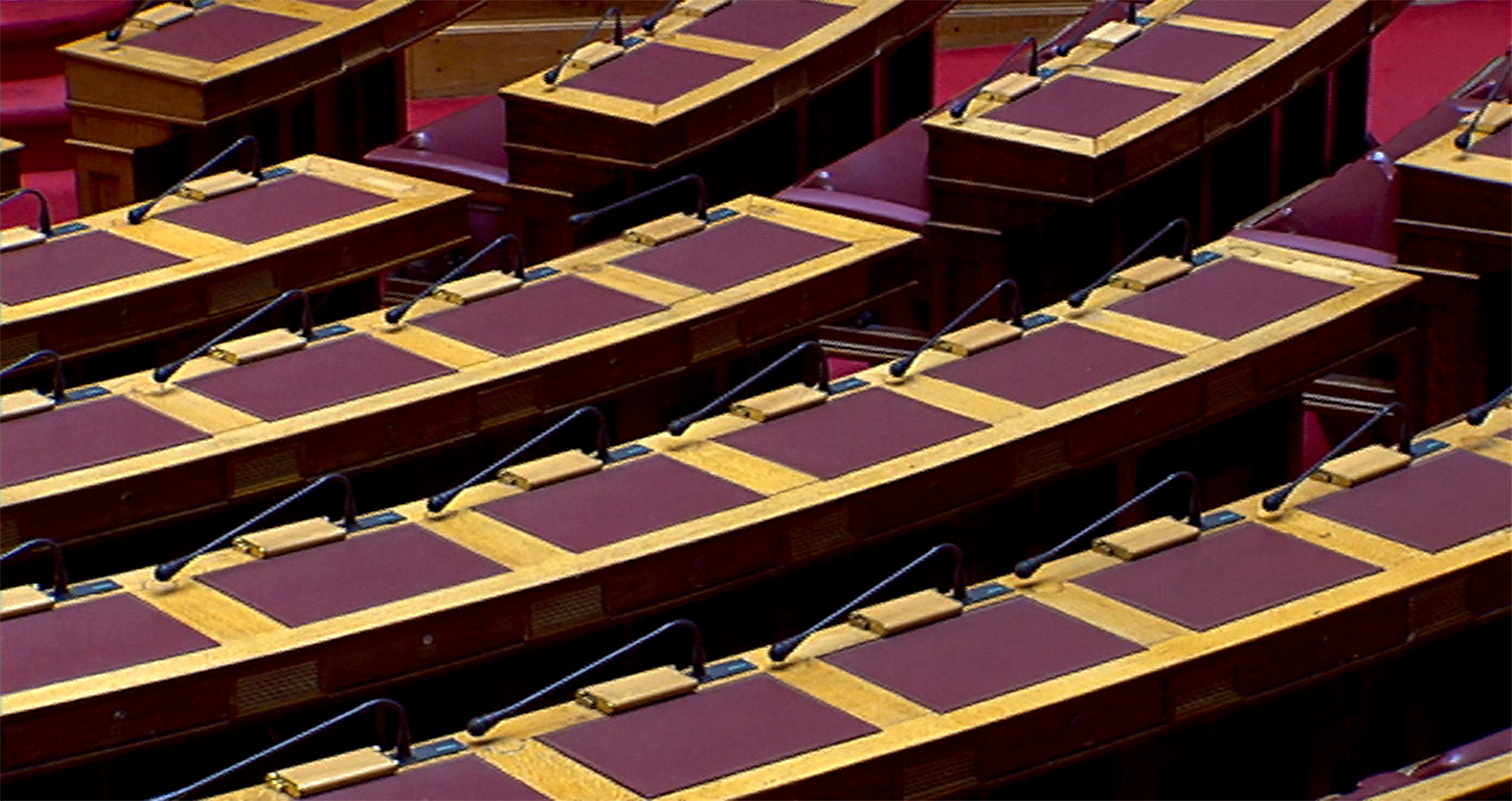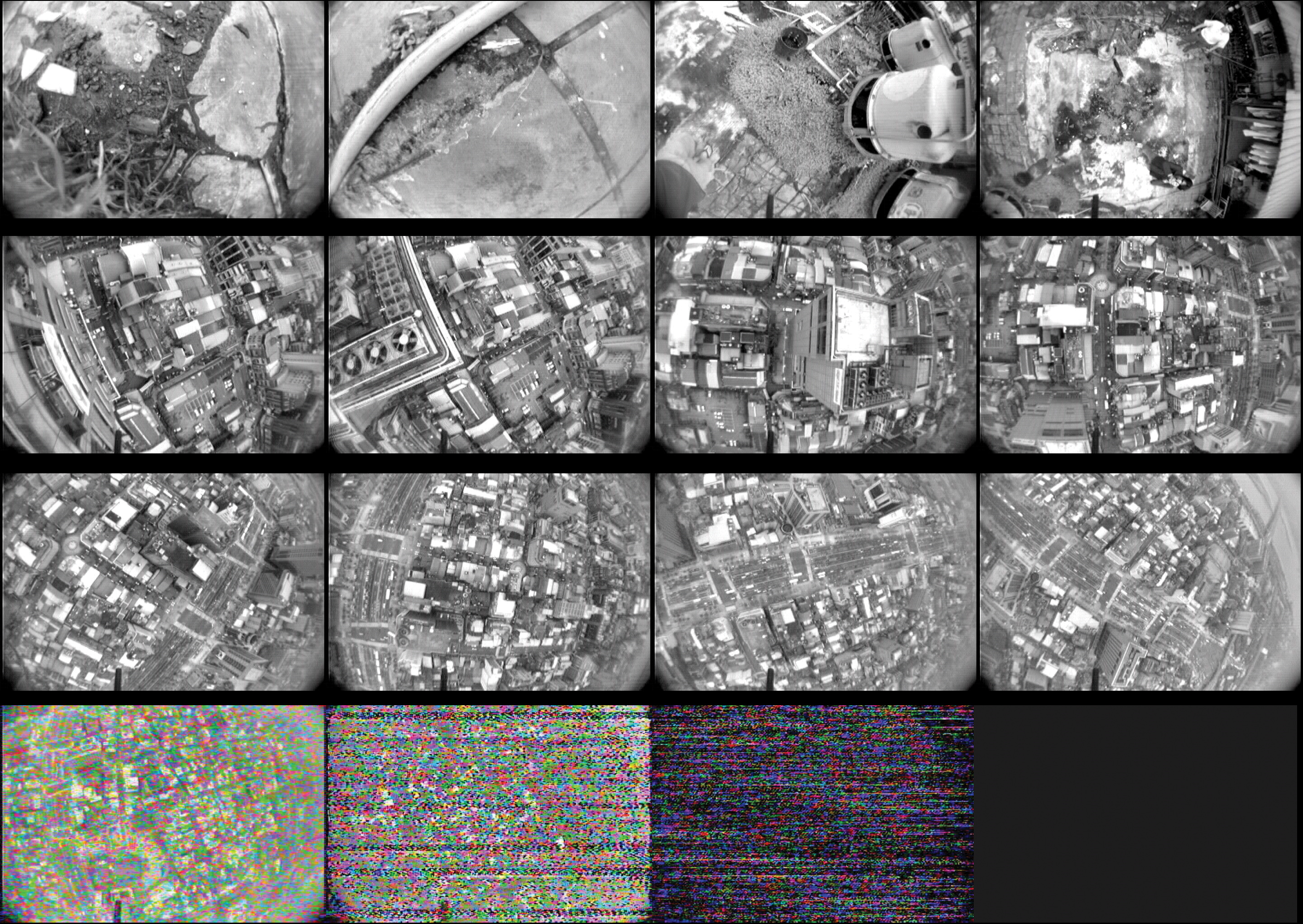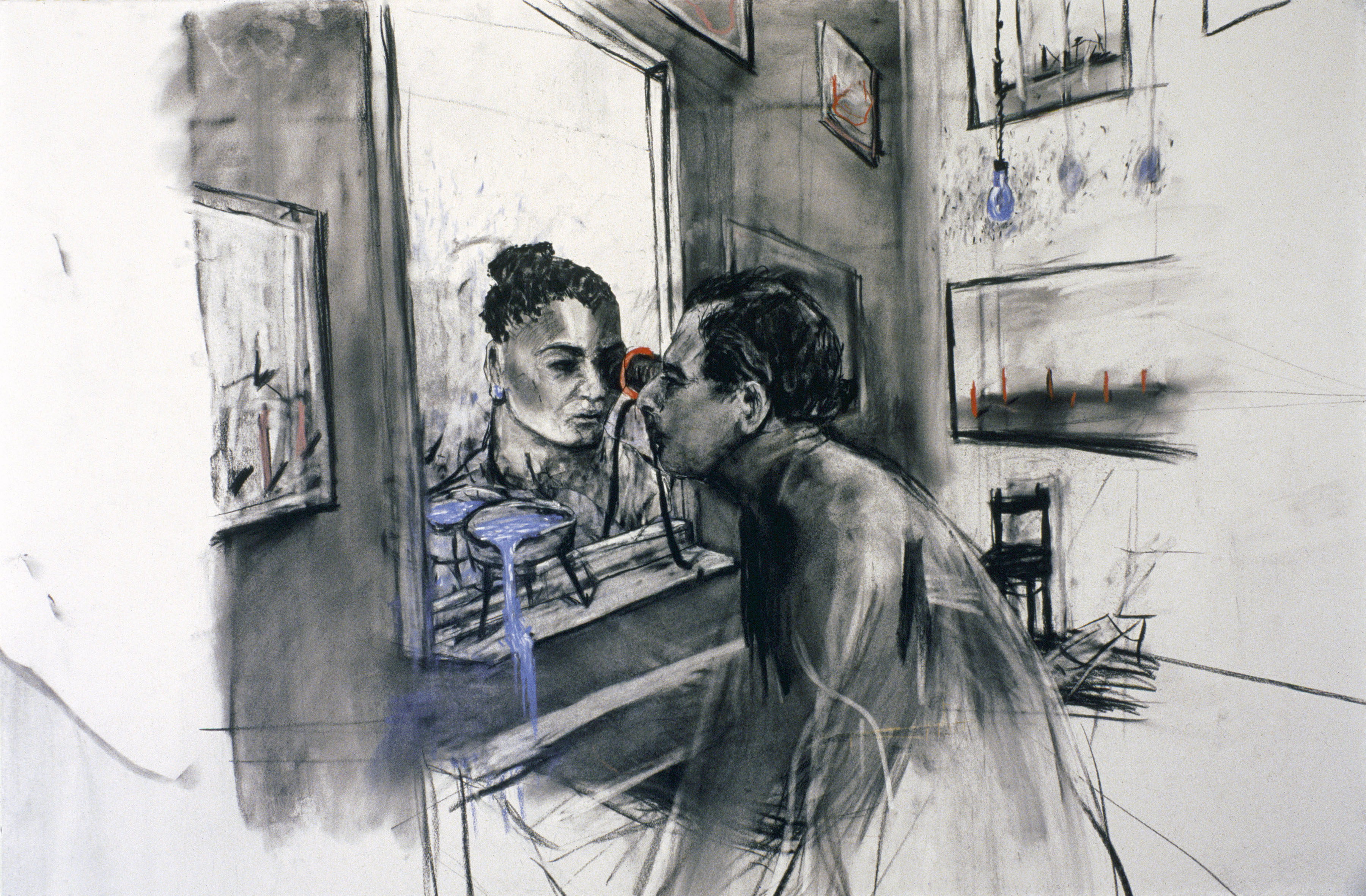Curator and multi-media artist Li Zhenhua splits his time and practice between China and Zurich. He has curated Art Basel’s Hong Kong Film program for the last three years and in 2006 he founded Laboratory Art Beijing, ‘a platform for sharing and building constructive ideas’. Art Basel 2016 opens at Hong Kong Convention & Exhibition Centre on 24 March.
What can we expect from Art Basel’s Hong Kong Film program this year?
We have expanded the program this year which is exciting – alongside the short films, the program will also include for the first time five feature-length films. We will be showing films made by collectors, animation films, as well as artists’ films and art films made by film makers. The feature-length films will be screened at Theatre 2 within the Hong Kong Convention and Exhibition Centre (HKCEC), while the Short Film Program will be screened at the agnès b. Cinema at Hong Kong Arts Centre. The program is free and open to the public! Quite a few of the applications this year were for films made in 2015, which means a lot of the program reflects the most current artistic trends. We also have 3 new works which will be premiering in Hong Kong, which shows an incredible amount of trust in the Art Basel in Hong Kong Film program.
How do you begin to prepare the selection, is there a similar process that you follow every year?
Yes, to be part of the Film program galleries need to have been selected to participate in the Art Basel show. I then gradually build up the program, depending on the applications we receive.
Which young artists from The Short Film Program are especially exciting you?
Someone born in the 1990s, her name is Yuan Keru, and someone born in the 1980s who is becoming an increasingly important figure, taking strong political stances with his provocative thinking about art and the world, his name is Zhao Zhao.
Are there any new developments in film that are specific to Hong Kong and mainland China? Have you noticed any interesting themes coming up?
Yes, I am seeing more and more artists doing art politically but not making political art – film still has the freedom which many other mediums lack. We’re honored to be showing artists like William Kentridge, Ju An’qi, Zeng Fanzhi, Takashi Murakami and Michael Schindhelm, whose works reveal different aspects of our society and time with an amazing visual approach and imagination. Looking more locally, does this apply to Hong Kong? I would say yes. Since the first year of the Film program, I’ve had an insight into political change there, but also seen the need for artistic creation and the need to position art within social change.
I’ve heard both curators and artists previously expressing a frustration that the Western market too often calls for Chinese art to be political above all else—do you feel this is the case?
That’s the reality of Chinese contemporary art since the 1970s. Chinese contemporary art has always had its own history inside China and another history outside of China. Since 1996 when video art really started being used many people tried to break through the curse of Chinese contemporary art, trying to reach other aspects of art dealing with new media, conceptual art, action/performance and temporary spaces. But it’s never a problem for our program at Art Basel in Hong Kong, and I don’t even think of this topic for the program because it is just so much more diverse than that.
You work between Hong Kong, Shanghai and Zurich, do you feel that your artistic and curatorial practices are strongly informed by this combination?
I would say keeping a certain distance is always good when it comes to thinking and writing. I try to take a step back, allowing for a better understanding of what’s going on today and to absorb things from different societies that I may not have realized or even seen if I was based in one particular place – for example the right wing movement in Switzerland, Hong Kong’s current situation with mainland China, and a new cultural system in Shanghai with museums and art fairs. I opened another studio in Berlin in October 2015 because I feel it’s important to always do things that deal with the inner world of what I want, peacefully making plans and being prepared for what comes next.
Can you tell me a little about Beijing Art Lab, what was the drive in setting it up?
It’s a long story – but in a few words it’s a platform for sharing and building constructive ideas. It was founded in Beijing in 2006. I had been working on new media art since 1999 and my interest lay with media art in the context of the Chinese contemporary art movement, so the research was very much about what artists were doing with those mediums. After my initial research, I looked to include independent films and documentary films in the research and then focused on Shanghai, with a closer look at the artist’s lives and worlds. The project will reach a conclusion in 2016 with a first publication on Chinese video and media art.
Have online platforms such as your own drastically changed the way that artists can work? Do you feel it’s opened the potential for sharing and communication in a way that was not previously available?
Absolutely. Firstly it’s about the freedom of accessing knowledge and information. Before the internet, information and knowledge were very much controlled and only really available to a certain group of privileged people. But now the question is not about what we can have online, it’s about what to choose from the online information. Freedom also leads to a paranoid situation in which we have to make a decision. So many artists are aware of this change and are embracing it, that’s also my understanding of what is happening with online art, and what today’s post-internet art is about. For communication, it is easier but also time consuming, communication in a way is also an art form.
How else do you think the digital world is shaping art right now?
It’s allowing people to create art and gives people a better understanding of what virtual means, which is super important today. Since the late 1960s it has been omnipresent in banking and currency agreements – the virtual is one of the major things we should all be acquainted with, and gain a better understanding of, in our everyday lives. Today’s art world is still very much focused on materials and objects, but it will slowly move in the direction of new technologies and change people’s behavior, so art is also part of the change, and I always want to make sure I am caught up with these changes.
Looking back on your early years, when did you first realise that you wanted to get into art?
I’m really not sure. Like the first cry of a baby, the first steps of a child and the first colours you experience, art is innate in everyone’s mind.
Was curating something that you really considered when you began making work? Or has this interest developed from your artistic practice?
Curating is about communication and listening, it’s about embracing others, it’s about a certain curiosity in understanding people. I’ll be very honest and say that I am not a good artist, but part of one’s practice is about better understanding an artist’s position, what they need and what the process is behind their work, what their focus is and the difficulties in producing it.
Art Basel runs from 24-26 March at Hong Kong Convention & Exhibition Centre
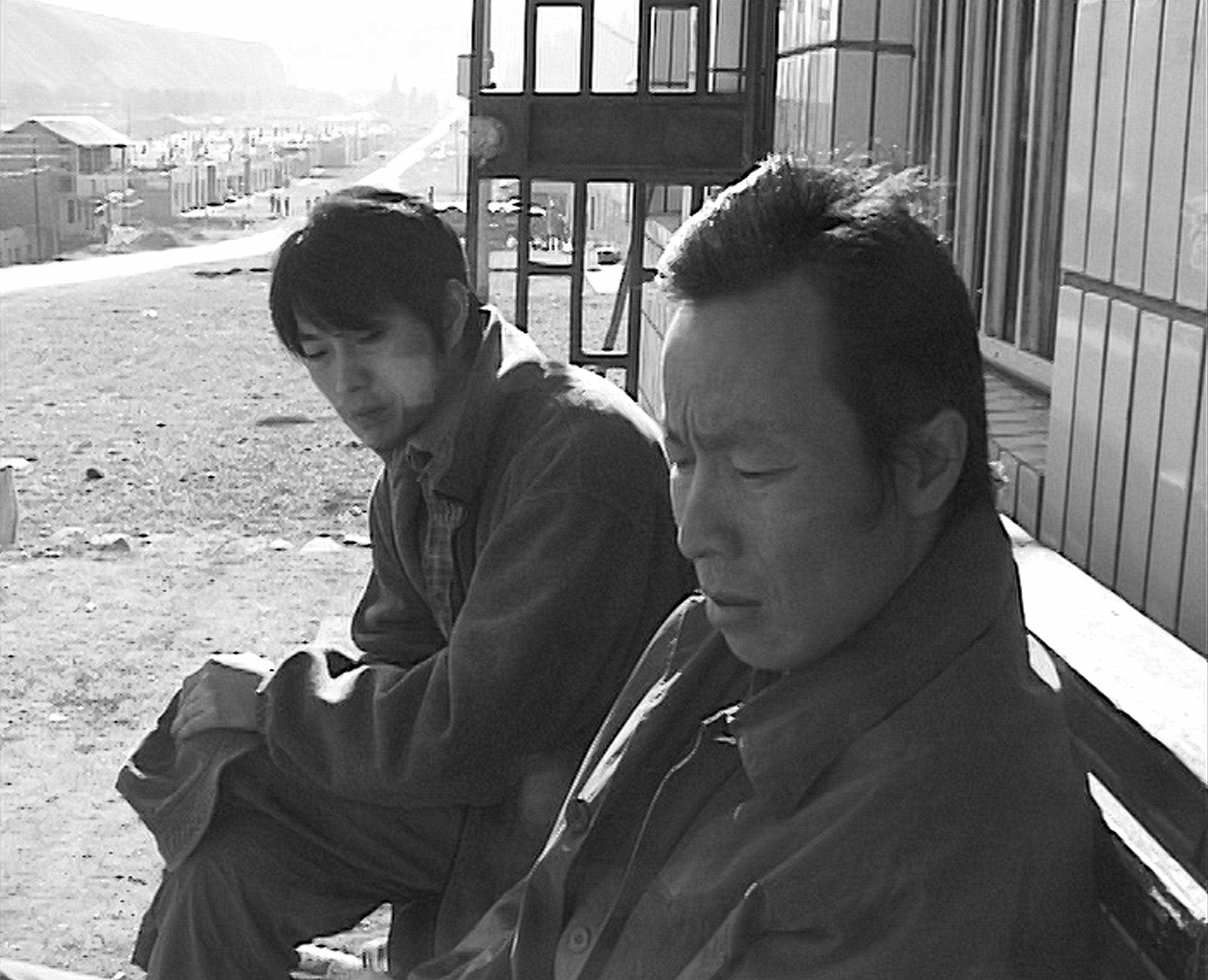
Ju Anqi Still from Poet on a Business Trip 2014 Courtesy of the artist
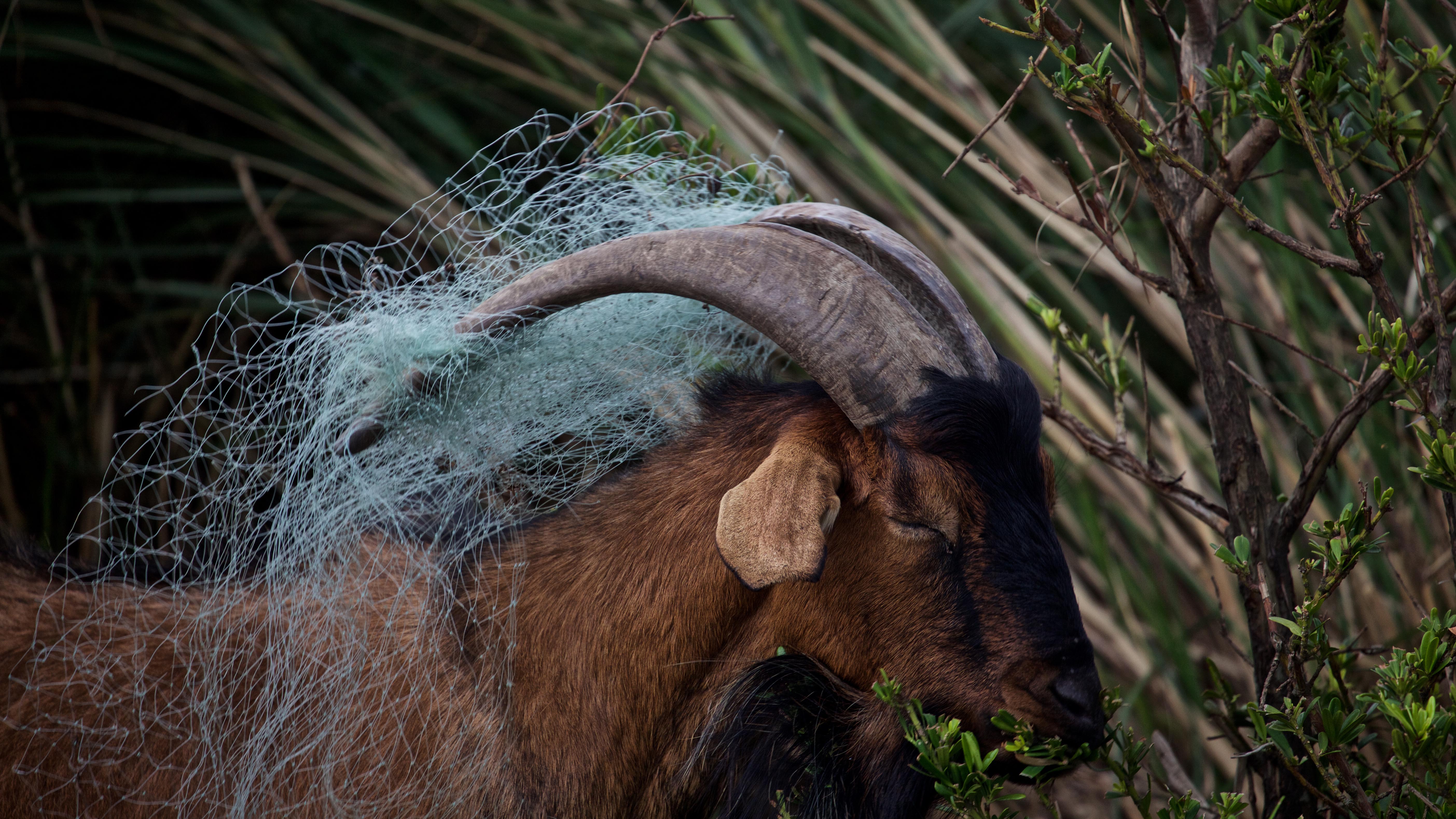

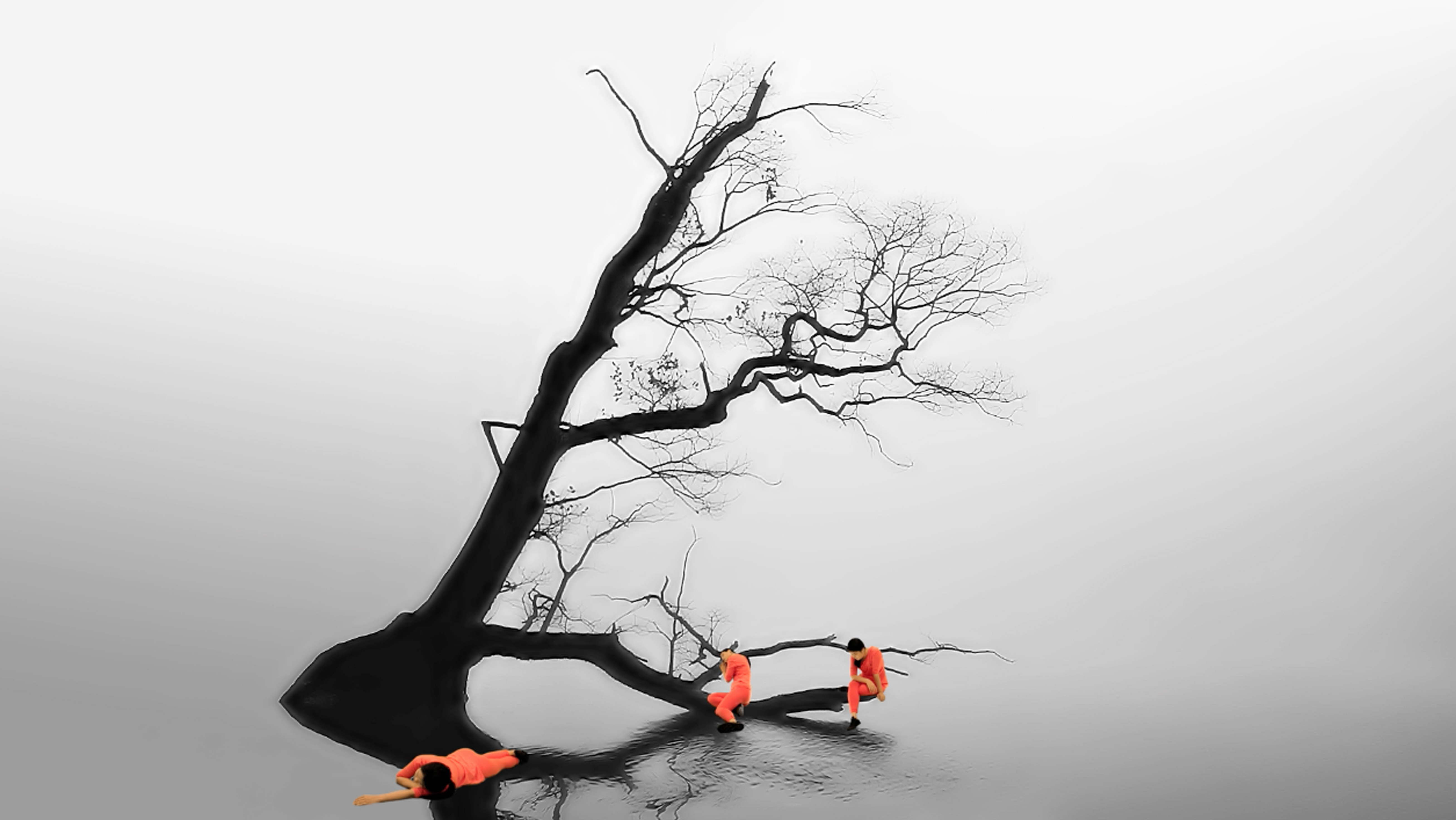
Yeo Workshop Quynh Dong Late Autumn 2015 11’22’’
